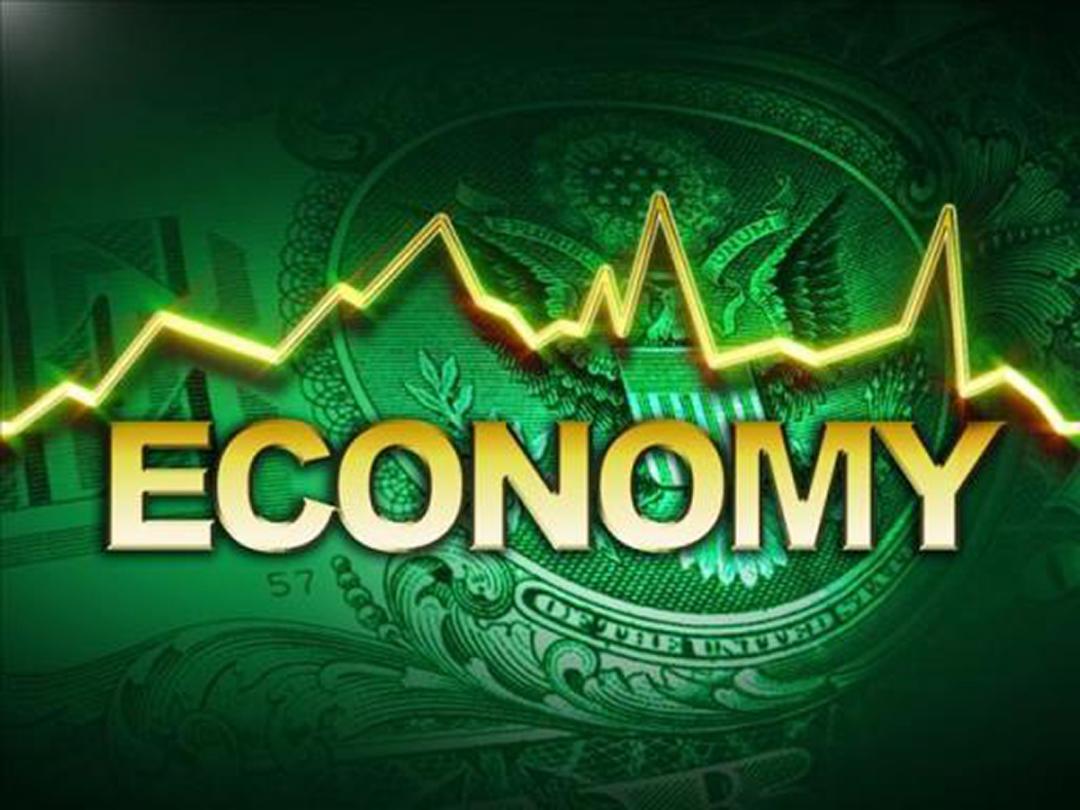On January 11, the government accomplished the 47th round of cash subsidy payments since the plan’s inception in 2010. This, while the government is forced to cut its capital budget in order to secure the resources required for the cash payments.
At a time when development projects in different sectors are struggling with lack of funds, the monthly payment of nearly 1.35 billion dollars (based on market exchange rate) towards cash subsidies drains a significant portion of the country’s oil revenues, leaving insufficient resources for the government’s capital expenditures.
The direct cash payment is part of the government’s so-called ‘subsidy reform plan’ which was introduced during former president Mahmoud Ahmadinejad’s administration and passed by the Iranian Parliament on January 5, 2010. The announced objective of the subsidy reform plan was to replace subsidies on food and energy (about 80% of total subsidies) with targeted social assistance, in accordance with the Five-Year Economic Development Plan and move towards free market prices in a 5-year period.
The subsidy reform plan is the most important part of a broader Iranian economic reform plan. The subsidy system has been inherited from the Iraq-Iran War era but was never abolished. According to the government, approximately $30 billion is spent every year on subsidizing energy prices and many consumable goods including bread, sugar, rice, cooking oil and medicine. The government subsidy reforms have been in the making throughout the years for various reasons.
How Much?
The amount of monthly cash payments to each Iranian citizen is approximately 13 dollars (at market exchange rate). Some critics argue that this amount is not even enough keep pace with the increase in the growing cost of living as a result of the implementation of the ‘subsidy reform plan’.
Since April 2012, consumers have been hit with a new wave of price hike in food, accommodation, transportation and many other products. Ever since, prices have been increasing exponentially. Comparing the current prices of food products with those in 2011, it becomes clear that the price of dairy products, red meat and rice have increased by 400, 100 and 300 percent respectively.
The Rouhani administration has criticized the current cash payments ever since it assumed office in September 2013, asking citizens with higher incomes to voluntarily resign from receiving cash subsidies in favor of the poor. Using this campaign, the government was trying to increase the amount of cash payments for those who really need it.
Subsequently, in an attempt to reduce the number of cash recipients, the administration stopped all payments of cash subsidies in April 2014 and asked richer Iranians not to reapply this time round. The result was frustrating: Only 3 million people forfeited their right to apply for a handout and nearly 73 million registered to receive the cash subsidies.
Where Does It Come From?
According to the subsidy reform plan, the government was supposed to cut some of its subsidies on food and energy and spend the saving on cash payments. But generating the amount needed to cover the cash payments turned out to be a problem itself.
The Ahmadinejad administration could not keep its promises and started to borrow from other resources in order to support the cash payments.
Ahmad Tavakkoli, a parliamentarian, blames the Ahmadinejad administration for “violating the subsidy reform plan’s regulations” and “failing to properly implement” the plan. According to Tavakkoli, the government had earned 290 trillion rials ($23.6 billion based on currency exchange at the time) from the subsidy cuts by 2011, that is fourteen months since the plan’s implementation, but it had paid $36.7 billion in cash to people during the same period.
As part of his speech on January 4, President Hassan Rouhani proposed making use of an article in the Iranian Constitution that allows the government to call for public referendum for deciding on important economic issues. While Rouhani refused to name any particular issue that requires to be put to a referendum, some economic experts cite “the economic challenges of cash subsidy payments” as a possible option.
The Rouhani administration has on many occasions complained about the inconsistency of former government’s ‘subsidy reform plan.
The government officials emphasize that in light of current economic situation and falling oil prices in international markets, there is no options but to reduce its capital expenditures in order to generate the funds required for cash payments. But lower capital expenditures mean less government investments and consequently lower economic development for the country.
The plan has also been criticized by the private sector alike.
“Cash payments is affecting the country’s economy just as poison affects the human organs”, Jamshid Barzegar, head of the Builders Union told a few weeks ago, adding that the “government should explain the harmful effects of previous governments’ policies to the public.”
In view of above mentioned facts, it appears that the time has finally come for the government to reconsider the ‘subsidy reform plan’ and substitute it with a more efficient ‘wealth and income re-distribution plan’.
The substitute plan, instead of being a barrier to economic development, would present a fair and efficient model to transfer income and wealth in the economic system from the rich to the poor in favor of social equality and welfare.


